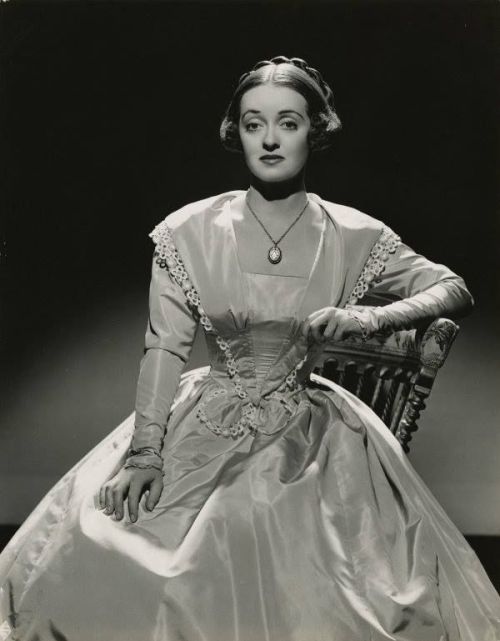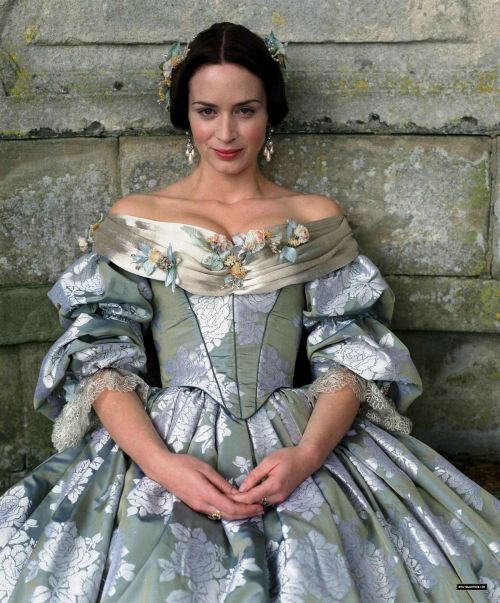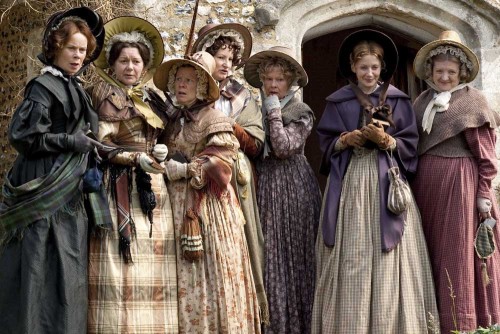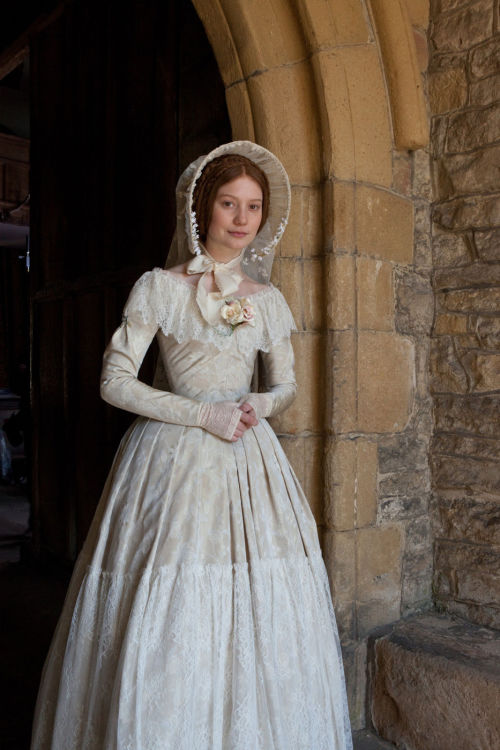
“PATRIOT GAMES” (1992) Review
I tried to recall the number of Hollywood movies made about Irish militants and their conflicts against the British government. And it occurred to me that very little have been made in which pro-Irish characters are portrayed as antagonists. Very little. One of them happened to be the 1992 movie, “PATRIOT GAMES”. And considering the rarity of such a scenario, it still surprises me that it was a big box office hit during the summer of 1992.
Based upon Tom Clancy’s 1987 novel, “PATRIOT GAMES” is a sequel to the 1990 film, “THE HUNT FOR RED OCTOBER”. The movie began with retired CIA agent Jack Ryan on vacation with his family in London. They witnessed a terrorist attack on Lord William Holmes, British Secretary of State for Northern Ireland and a cousin of Queen Elizabeth II by terrorists. When Ryan intervened, one of the terrorists wounded him, but he managed to kill one of the assailants, Patrick Miller, while his older brother Sean looked on. The remaining attackers fled, while Sean was apprehended by the police.
While recovering, Ryan was called to testify in court against Miller, who turned out to be a member of a breakaway group of the Provisional Irish Republican Army. Miller’s compatriots, including leader Kevin O’Donnell and a woman named Annette, helped Miller escape before he could be shipped to a prison on the Isle of Wright. Thirsting revenge for his brother’s death, Sean convinced his compatriots to help him murder Ryan and the latter’s family before they can continue their activities against Lord William Holmes and the British Crown.
“PATRIOT GAMES” proved to be a pretty solid action thriller. The narrative provided plenty of action, personal drama, political intrigue and suspense to maintain my interest in the story. I also have to give kudos to the three screenwriters for ensuring that each aspect of the story balanced well, without one aspect overwhelming another. The interesting thing is that all of this happened because of two things – Jack interfered in the assassination attempt on Lord Holmes and killed a young man, and two, the young man’s brother wanted revenge for his death.
The movie also featured some solid acting. And I mean solid. Aside from one performance, none of the others performances in the film did not particularly rock my boat. Samuel L. Jackson was two years away from stardom, when he appeared as Jack Ryan’s close friend, Lieutenant-Commander Robby Jackson. Patrick Bergin gave a decent and strong performance as leader of the IRA breakaway group, Kevin O’Donnell. Polly Walker ably supported him as his fellow compatriot and lover, a mysterious Englishwoman named Annette. James Earl Jones repeated his role as Admiral James Greer and gave a solid, if not memorable performance. James Fox was entertaining as the Royal Family’s cousin, Lord William Holmes. Thora Birch struck me as very charming in her portrayal of the Ryans’ young daughter Sally. And both David Threlfall and Alun Armstrong gave intense performances as British police officers, Inspector Robert Highland and Sergeant Owens. I was especially impressed by Threlfall. Fans of the “AGATHA CHRISTIE’S POIROT” series will be surprised to find Hugh Fraser (who portrayed Arthur Hastings) portray Lord William’s private secretary, Geoffrey Watkins. In fact, his performance was so low-key that I barely noticed him, until the final action sequence. J.E. Freeman was equally intense as CIA official Marty Cantor. I especially enjoyed Freeman’s scenes with star Harrison Ford in which their characters engage in quarrels over Ryan’s interest in rejoining the CIA.
When I had earlier stated that the movie featured one performance that did rock my boat, I did not mean Ford. The actor took over the Jack Ryan character, when Alec Baldwin (who had portrayed the character in “THE HUNT FOR RED OCTOBER”) proved to be unavailable. I thought Ford did a pretty damn good job and managed to capture Ryan’s more subtle personality rather well. But I did not find his performance particularly dazzling. Anne Archer replaced Gates McFadden (“STAR TREK: NEXT GENERATION”) in the role of Dr. Cathy Ryan, the main character’s wife. And like Ford, she gave a performance that I thought was pretty good, but not particularly dazzling. Richard Harris proved some oomph in the role of Paddy O’Neil, the IRA spokesman, who struggles to convince the world at large that O’Donnell’s compatriots no longer are connected with his organization. But the one performance that really impressed me came from Sean Bean, who portrayed Sean Miller, the terrorist who wanted revenge against Ryan.
Despite my praise of the film, many will be surprised to learn that “PATRIOT GAMES” is my fourth favorite of the five movies based upon Clancy’s series or characters. Many would find this especially surprising, since the last two movies, “THE SUM OF ALL FEARS” (2002) and “JACK RYAN: SHADOW RECRUIT” (2014), were not critically acclaimed. That would mean that I have a higher preference for one of the latter two films over “PATRIOT GAMES”. How could that be? Beauty or art is in the eye of the beholder . . . and I cannot help how I feel. I am not saying that “PATRIOT GAMES” is a terrible movie . . . or even a mediocre one. It is pretty damn good. But it did not take my breath away or fascinated me. My problem is that I did not find its plot – namely Jack Ryan dealing with a vengeful ex-IRA member – particularly fascinating. There did not seemed to be anything mind-boggling about it. Perhaps the subject matter was too personal for a tale penned by Tom Clancy. Another problem I had with “PATRIOT GAMES” is that aside from Sean Bean’s performance, I did not find the rest of them particularly dazzling or memorable. The most fascinating aspect of this film is that it featured three veterans of the “STAR WARS” movie franchise – Harrison Ford, James Earl Jones and Samuel L. Jackson.
Nevertheless, “PATRIOT GAMES” is still a pretty damn good movie. Harrison Ford managed to effortlessly take over the role of Jack Ryan from Alec Baldwin. He was supported by a solid cast that included a superb performance from Sean Bean. In the end, I believe it is still worthy of purchase for repeated viewings.































